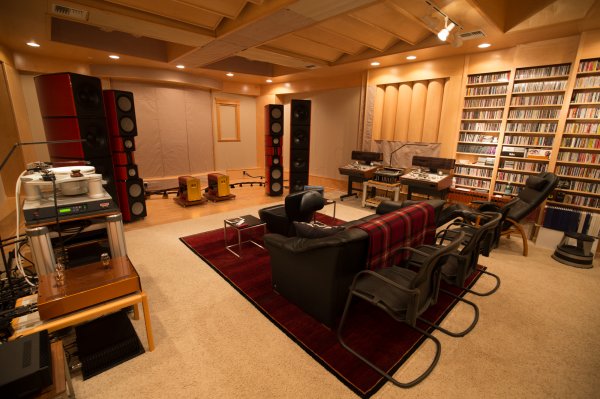I was reading a thread this morning, and someone posted a link to a quote by fellow WBF member Eichenbaum. It was written on Jan. 31st, 2014. Eichenbaum wrote:
"What really matters? The signal that reaches the speaker or the sound that reaches your ears?"
I hope Eixhenbaum does not mind me referring to his quote and using it to start a new thread.
I think these are two great questions and they get at the heart of the discussion we had in the recent vinyl versus digital thread. There, we discussed people's goals with their systems. One argument was that digital presents a more accurate copy of the original mic feed while the other was that vinyl presents a sound from a system that more closely resembles live, acoustic music, at least for some listeners. The discussion was basically about the final system sound versus maintaining signal integrity.
This question of "what really matters" also just came up in Amir's Entreq thread in the measurement forum while discussion testing protocols. What should we test for, and do the tests tell us what we really want to know?
I would like to discuss these two questions because I think how one answers them describes much about the way he approaches this hobby and what his priorities and goals are.
I tend to care most about how a system sounds and whether or not it reproduces my music in a believable and convincing way. My goal is to have the music recorded on my records sound like live acoustic music and to attempt to recreate the recorded performance in my listening room. Does this mean that I don't care about the signal that reaches my speakers? I do not think so, because the integrity of that signal must matter to the final sound, but it does mean that I am more interested in the final sound than in what is happening to the signal between my stylus and my speakers.
What do others think? Do Eichenbaum's questions get to the essence of this hobby?







